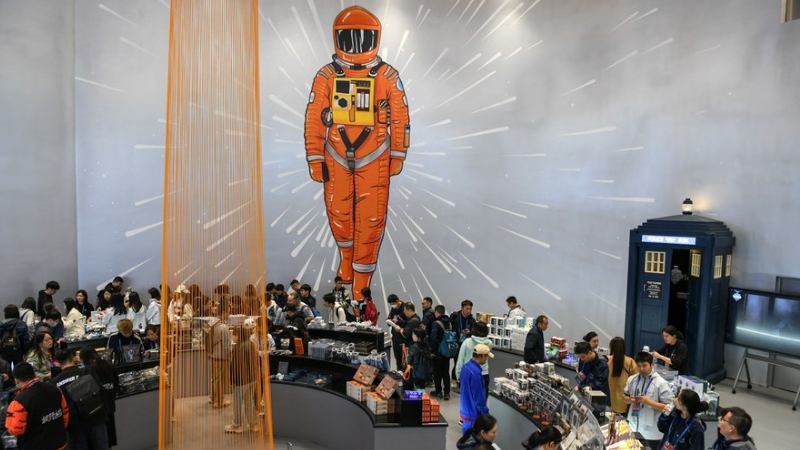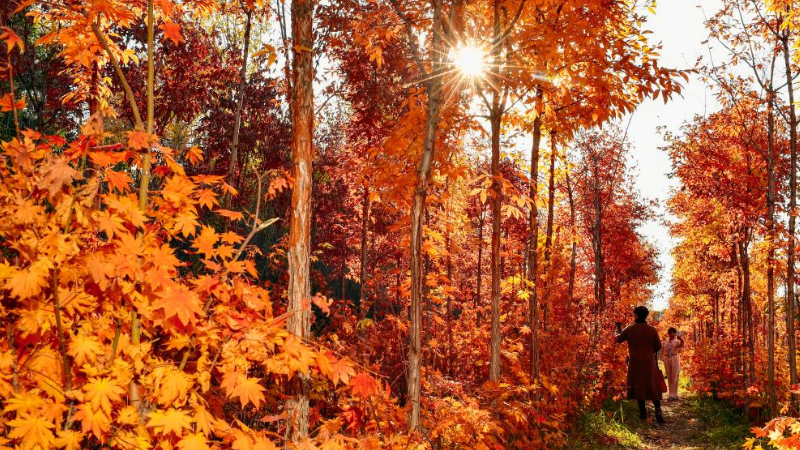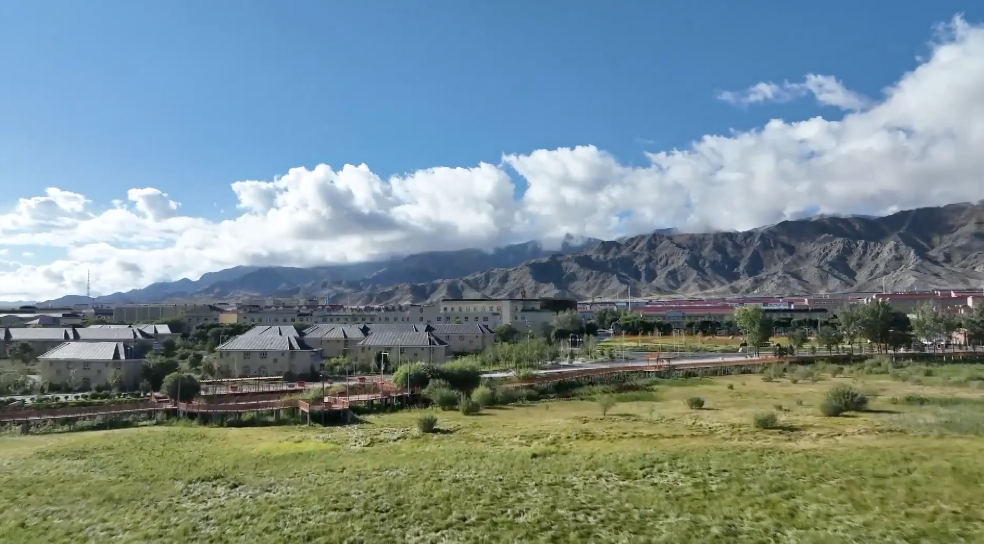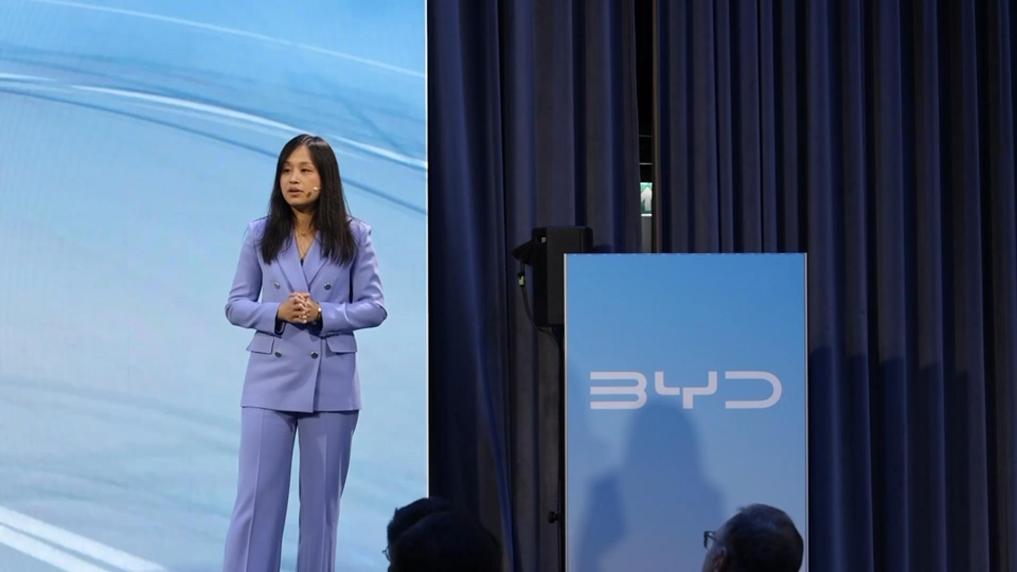* Claims of "forced labor" were introduced by U.S. media outlets as fodder for a new anti-China topic of focus, and its transmission scope was mainly within the United States and its media sources.
* The anti-China forces in the West, who ignore the differences in human rights concepts between China and the West and China's achievements in the protection and promotion of human rights, choose to politicize, weaponize, and instrumentalize the concept of human rights by employing the "forced labor" fabrications.
URUMQI, Oct. 21 (Xinhua) -- In recent years, anti-China forces in the West have fabricated and hyped up the so-called "forced labor" narrative, tarnishing China's international image and forcing bans on imports from Xinjiang.
In an article recently published by the Journal of United Front Science, Tuersun Aibai, an expert from the School of Journalism and Communication at Xinjiang University, analyzed the evolution process, the political and economic motives, as well as the strategies of public opinion manipulation behind the "forced labor" fallacy.
Based on an extensive study of over 30,000 Xinjiang-related stories from 15 countries and regions, he selected 189 pieces published by 13 media outlets that spread the "forced labor" slander for further analysis and found that the rumor is "a new discourse pattern and narrative framework, which has gradually evolved from the early stage of public opinion manipulation into a comprehensive economic blockade and repression of Xinjiang."
EVOLUTION OF "FORCED LABOR" SMEAR
In the article, Tuersun Aibai wrote that the evolution process of the "forced labor" smear campaign can be divided into three phases.
The first phase was a "topic brewing period" that spanned from December 2018 to March 2020.

This aerial photo taken on Oct. 20, 2023 shows a harvester working at a cotton field in Weili County, Bayingolin Mongolian Autonomous Prefecture, northwest China's Xinjiang Uygur Autonomous Region. (Xinhua/Wang Fei)
During this period, claims of "forced labor" were introduced by U.S. media outlets as fodder for a new anti-China topic of focus, and its transmission scope was mainly within the United States and its media sources. The claim only served to attack trainees working in the clothing industry in the region after receiving vocational education, according to the article.
The second phase of the West's "forced labor" smear campaign, a "topic fomentation period," spanned from March 2020 to December 2021.
During this time, the scope of the "forced labor" smear campaign had further expanded, and some Western governments introduced related bills to "legally" base their "forced labor" accusations. The smear campaign targeted not only the employment of the surplus rural labor force in Xinjiang, but also extended to more industries in this region.
Legislatures, judiciaries, border defense, and the commerce departments of some Western countries banded together to form a community of mutual interest in this smear campaign. Some Western media sources, NGOs, think tanks, and enterprises also followed suit, cooperating closely with governments from the public opinion and "academic" standpoints, according to the article.
The third phase, which started in January 2022 and is currently ongoing, is the "instrumentalization and politicization period."
In this phase, the "forced labor" smear campaign entered a new "practice stage," serving the West's goals of escalating the economic suppression of China by indiscriminately attacking all the products made in Xinjiang and all the enterprises in the region, as well as those international companies having trade relations with Xinjiang enterprises.

This photo taken on Oct. 22, 2020 shows workers working on the production lines at an intelligent workshop of the Saurer Xinjiang Intelligent Machinery Co., Ltd. in Urumqi, northwest China's Xinjiang Uygur Autonomous Region. (Xinhua/Wang Fei)
Worse still, with the Xinjiang-related "bills" coming into effect, anti-China forces in the West have completed the transition from public opinion attacks to the introduction of legislative economic sanctions, the article noted.
MANIPULATION STRATEGY OF "FORCED LABOR" FALLACY
In the article, Tuersun Aibai wrote that the "forced labor" fallacy has a long-term planning process and clear public opinion manipulation strategy. Anti-China Western forces take advantage of different countries' perceptions of the human rights concept to create and hype up lies under the guise of "protecting human rights."
The anti-China forces in the West, who ignore the differences in human rights concepts between China and the West and China's achievements in the protection and promotion of human rights, choose to politicize, weaponize, and instrumentalize the concept of human rights by employing the "forced labor" fabrications.
Some biased Western media sources promoted the spread of the "forced labor" accusation by employing several tactics, including "criminalizing" the Chinese government, demonizing China's poverty alleviation policies, stigmatizing assistance measures for transfer employment, distorting service work for labor transfer employment, and attacking China by citing misleading and tendentious claims, according to the article.

A woman works at a clothing processing plant in Shache County, Kashgar Prefecture, northwest China's Xinjiang Uygur Autonomous Region, May 23, 2020. (Xinhua/Wang Fei)
Tuersun Aibai also found that when hyping up the "forced labor" smear, a considerable number of the Xinjiang-related stories cited anti-China politicians and scholars to support their narratives, while lacking field research and in the absence of first-hand information.
"Their stories and quotes, without investigating the actual situation on the ground in Xinjiang, lack verifiability," the expert wrote.
(Video reporters: Zhang Xiaocheng; Video editors: Liu Yutian, Liu Xiaorui, Wang Han, Li Qin) ■












